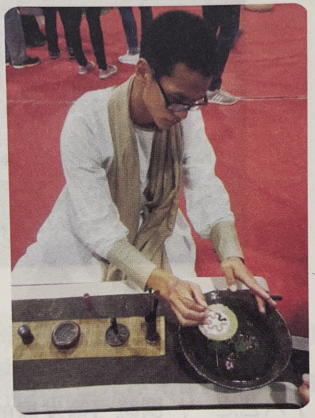申报地区:西工区 2020年08月 第5批

香的起源可以追溯到一两千年前的先秦时期,当时混合香料就被广泛应用于生活。从士大夫到普通百姓,都有随身佩戴香囊和插戴香草的习惯。到汉代,名医华佗就曾用丁香、百部等药物制成香囊,悬挂在居室内,用来预防肺结核病。在香道发展鼎盛时期的宋代,用香成为普通百姓追求美好生活不可或缺的一部分。明代医学家李时珍用线香“熏诸疮癣”,行医治病。
洛阳牡丹栽培始于隋,鼎盛于唐,宋时甲于天下,1000多个品种,这都给制作牡丹香提供了极大地便利。牡丹香经过几百年的发展,有独特的工艺流程和制作方式。采用牡丹花朵,将一朵牡丹的花瓣、花蕊、花粉完整入香,保留了牡丹花的完整成分。它可以用牡丹花单独成香,也可以将牡丹花与其它香料结合,做成牡丹合香。

The origin of fragrance can be traced back to the pre-Qin period when fragrance was widely used by the literati and the common people getting used to wearing perfume sachets and vanilla. In the Han Dynasty, Hua Tuo, a famous doctor, used cloves and stemona to prevent tuberculosis. In the Song Dynasty when fragrance was in its heyday, it became an indispensable part of ordinary people's pursuit of a better life. Li Shizhen, a medical scholar in the Ming Dynasty, used fragrance to treat sores. Luoyang peony cultivation began in the Sui Dynasty, flourished in the Tang Dynasty. In the Song Dynasty came its height with more than 1000 varieties, which naturally led to the production of peony fragrance. After hundreds of years of development, peony fragrance can be made through its unique production process, with petals, pistils and pollens of a peony placed into the fragrance and the peony flower retained complete The peony flower alone or the flower with other materials can be used to produce fragrance.
